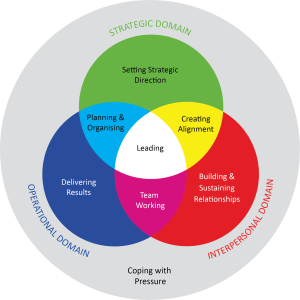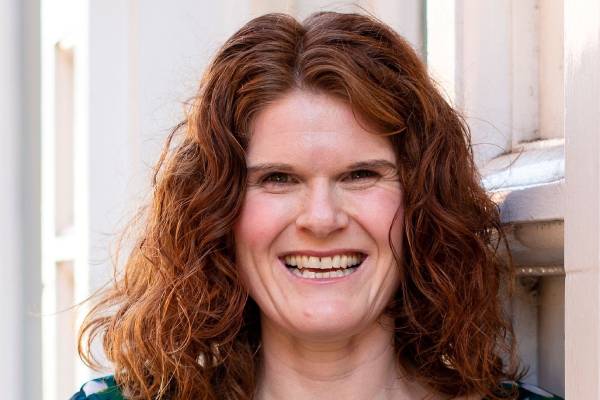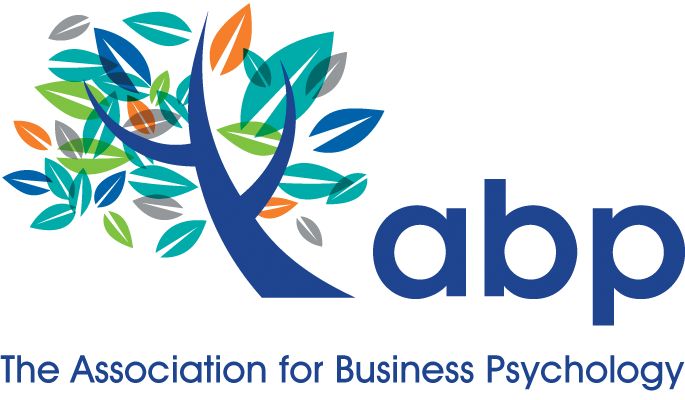Authored by Certified Business Psychologist Laura Howard. Certified Business Psychologist, Laura Howard, reflects on the webinar she recently delivered to ABP members. Below she outlines the main findings of her published research uncovering systematic barriers women face when being authentic as leaders. Importantly, she gives…

Article based upon webinar delivered in May 2023.
Authored by Ben Vernazza (Head of Assessment at Edgecumbe Consulting Group)
Great leadership is fundamental to the success of any organisation, whether they are nations, corporations, hospitals, educational institutions or sports teams. Despite its importance, the question of what leadership actually is, has been debated by philosophers and scholars for millennia. Given that there are over 400 definitions of leadership, it is not surprising that leadership means different things to different people.
At Edgecumbe, the way we think of leadership is that it concerns the creation of the conditions for individuals, teams and organisations to succeed. So, based on our definition, the primary impact of leaders on performance is indirect; leaders can do little to affect results directly, but their actions can have a major impact on those who can. What leaders can do is shape the climate in the workplace. This then affects the engagement of employees, which encourages employees to release their discretionary effort, and this consequently has a positive impact on performance.
During the webinar we presented a number of propositions that inform the way that we assess and develop leaders:
Proposition 1: What do leaders need to do?
Our co-founder, Professor David Pendleton, set out to explain what leaders need to do to create the conditions for success. The intention was to develop a simple, coherent, evidence-based and memorable guide for busy leaders and professionals, when working with twenty-first century workforces. The resulting map of the territory of leadership is called the Primary Colours® Model of Leadership and it is taught at leading business schools such as Oxford Saïd, Henley, Kings and Alliance Manchester.
Consistent with the leadership literature, the Primary Colours® model focuses on three domains of leadership:
- Strategic – which focuses on the future and how will an organisation get to where it wants to go?
- Operational – which focuses on the present and how to organise efforts to execute an organisation’s objectives.
- Interpersonal – which focuses on how to connect with the organisation’s stakeholders and bring them with you on the journey.
Certain leadership tasks underpin each of these domains and whilst some will feed purely into one domain, others may bridge more than one domain.
When focusing each of the primary colours of light at the centre, we create white light which we call ‘Leading’. We view leading as understanding when to dial up and down the deployment of each of the leadership tasks as and when appropriate to the situation, much like how a conductor guides an orchestra.

Proposition 2: Leaders are inherently incomplete
After assessing thousands of leaders across all sectors and over several decades, our conclusion is that it is difficult (perhaps even impossible) for leaders to be equally effective in all three domains and across all leadership tasks.
A useful analogy can be made to the heptathlete, Jessica Ennis, who won the gold medal at the Olympic Games in London 2012. Whilst she excelled in running and jumping, she was less capable in the javelin. If she were to build her upper body strength to throw the javelin further, this would have been at the expense of her ability in the high jump, which relies more on being flexible.
Evidence to support this proposition comes from a study by Leinwand, Mainardi and Kleiner published in the Harvard Business Review (HBR) in 2015. In a survey of over 700 executives from a range of different organisations, they found that whilst only 16% of the leaders were rated as highly effective in either creating strategy or executing it (essentially the operational domain in our model), this drops to only 8% of leaders who were rated as good at both.
There is also very compelling evidence presented by Rath and Conchie in their 2009 book ‘Strengths-based Leadership’. They conclude that “the best leaders are not well-rounded” based on a 30-year study using 1.7 million sets of data on leaders and their teams. Rather, the best leaders know how to play to their strengths, and “surround themselves with the right people and build on each person’s strengths.”
We therefore searched for possible explanations as to why this may be and found research studies (e.g. Kaiser and Hogan 2011) showing that personality might provide some insights. People who are naturally pragmatic and structured will gravitate towards an operational leadership focus. The same personality characteristics likely mean that taking a strategic leadership focus requires greater effort and attention. In contrast, those who are less conscientious and more conceptual and adaptive than most will be more suited to a strategic leadership focus. Therefore, personality influences the ease with which you can adopt the different leadership responsibilities.
Proposition 3: How personality and performance interact?
We know that certain elements of a leader’s personality make it easier for them to perform some of the leadership tasks in the model; and harder for them to enact others. Therefore, we suggest that leaders should focus their development where they are likely to get most return on their effort. The way we help leaders to reveal this is by using aligned measures of performance (360° feedback) and personality (using either NEO or HUCAMA Personality Factors) to reveal how they interact together to create different types of strength or limitation:
- Natural strengths: when a person’s skills work ‘with the grain’ of their personality so they are easy to deploy and sustain.
- Potential strengths: where performance is lower, but a person’s personality is compatible with the task. As such, these are areas of lower performance, but those which can be overcome relatively easily through development.
- Fragile strengths: when skills have been learned through great effort and determination over long periods, but work counter to the leader’s personality.
- Resistant limitations – the leader has neither learned the skills nor do they have a helpful set of personality characteristics to facilitate the learning. Therefore, it may be unrealistic to expect that this can be turned into a strength overnight. We encourage people to find ways to work around these areas, where possible.
Proposition 4: How to create complete leadership from incomplete leaders?
Complete leadership is based on building teams of individuals who, between them, cover all the bases. This notion is central to the Primary Colours® approach to leadership. That is, complete leadership comes from working with teams made up of complementary differences; where one leader’s natural strengths are able to address another leader’s resistant limitations. As such, rather trying to create well-rounded leaders, we focus on helping leaders to develop excellence in a more realistic range of tasks and to find ways to develop or cover the other tasks they are less competent at or suited to. This may not be as easy as it seems, and it requires leaders to build greater levels of awareness, interdependence and collaboration, however this is the path that is more likely to lead to sustainable success rather than struggling with elements of leadership that may be harder to enact or develop.
Edgecumbe Consulting Group is a leading UK-based leadership consultancy. We are positioned at the interface between leadership research and its application in organisations. Our proprietary model of leadership, the Primary Colours® Model, is taught at leading business schools including Oxford Saïd, Henley and Alliance Manchester. Contact us at enquiries@edgecumbe.co.uk to find out more about our methodology for assessing and developing leaders.



